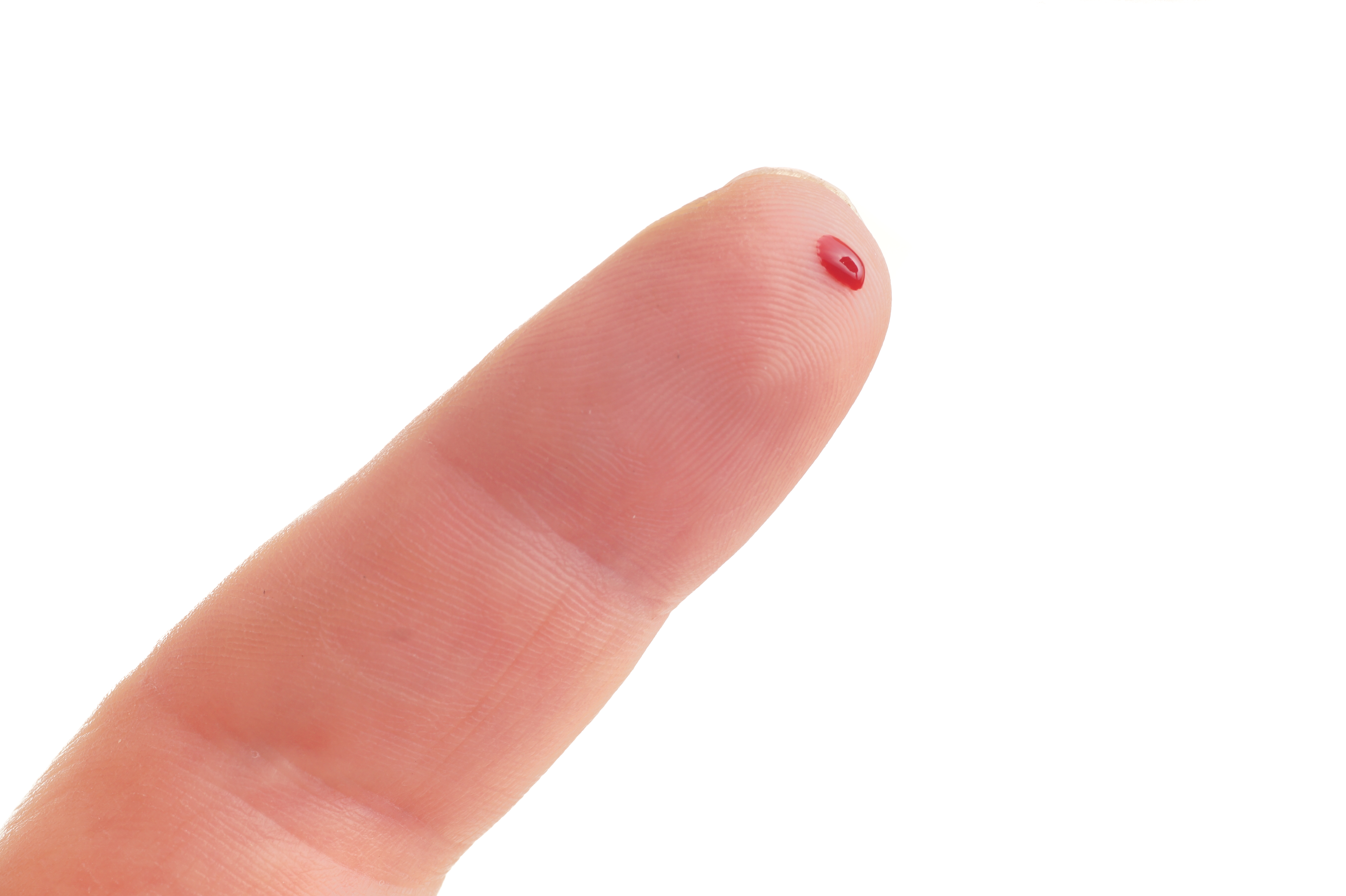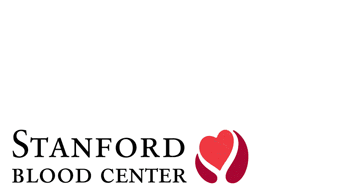
New Hemoglobin Criteria for Men, Women and Nonbinary Individuals
Please note, there may be more current information available related to iron and blood donation. Visit our Iron and Blood Donation page for more.
Most of the iron in your body is found in the hemoglobin molecules of your red blood cells. For the safety of both donor and patient, you must meet certain criteria, including a minimum hemoglobin level, to donate blood. We recently implemented a new, higher minimum hemoglobin level for men. Instead of 12.5 g/dL, they must now have a hemoglobin level of 13.0 g/dL or higher. Women and nonbinary donors still must meet the 12.5 g/dL requirement. This new rule took place on May 19, 2016.
In light of this change, we thought it would be a good time to remind everyone to increase their iron intake before visiting to avoid deferral in the medical history after a low hemoglobin result.
The most common causes of a low hemoglobin count are a low-iron diet, frequent blood donation, and menstrual blood loss. There are other rare but more serious causes of low hemoglobin and a consultation with your doctor is necessary to address them.
The best way to get enough iron is to have a healthy, well-balanced diet. Heme iron, found in meat, fish, and poultry is more easily absorbed by the body than non-heme iron, which is found in plant sources. The absorption of iron from non-heme sources is enhanced when vitamin C is eaten at the same meal or snack. Conversely, some foods hinder the absorption of iron.
To see a list of iron-rich foods, and those that hinder absorption, check out this blog.
